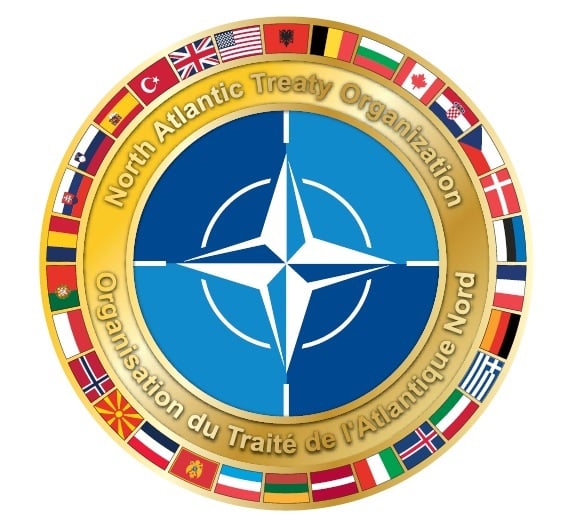The aftermath of World War II saw much of Europe devastated in a way that is now difficult to envision, yet images from the Ukraine offer gruesome reminders. Approximately 36.5 million Europeans had died in the conflict, 19 million of them civilians. Refugee camps and rationing dominated daily life.
4 years later Western democracies came together to sign the treaty best known for its renowned Article 5, in which was agreed that “an armed attack against one or more of them… shall be considered an attack against them all” and that following such an attack, each Ally would take “such action as it deems necessary, including the use of armed force” in response. While the new treaty had created Allies, it had not created a military structure. This changed with the Soviet detonation of an atomic bomb in 1949 and in the outbreak of the Korean War in 1950. SHAPE, the Supreme Headquarters Allied Powers Europe was formed, with US General Dwight D. Eisenhower as the first Supreme Allied Commander Europe, or SACEUR.
Since 1949, 18 more nations have joined the Alliance, which in the 1950s was a purely defensive organization. In the 1960s, NATO became a political instrument for détente. In the 1990s, the focus was on stabilization of Eastern Europe and Central Asia. In the first half of the 21st century, NATO faces an ever-growing number of new threats. Russia’s illegal annexation of Crimea in 2014 and its unjustified and unprovoked attack on Ukraine are a sobering reminder of the importance of NATO’s core task: collective defense.







